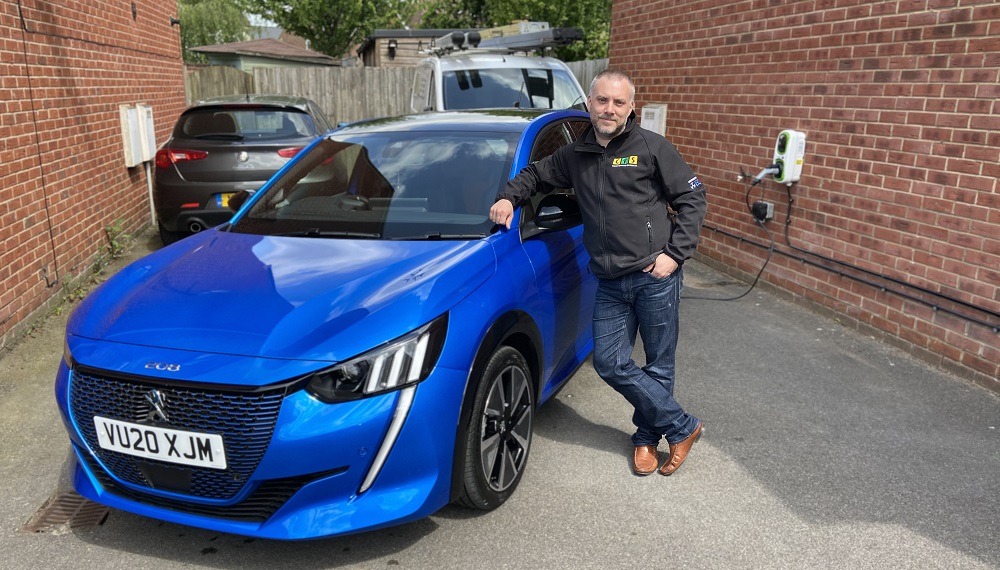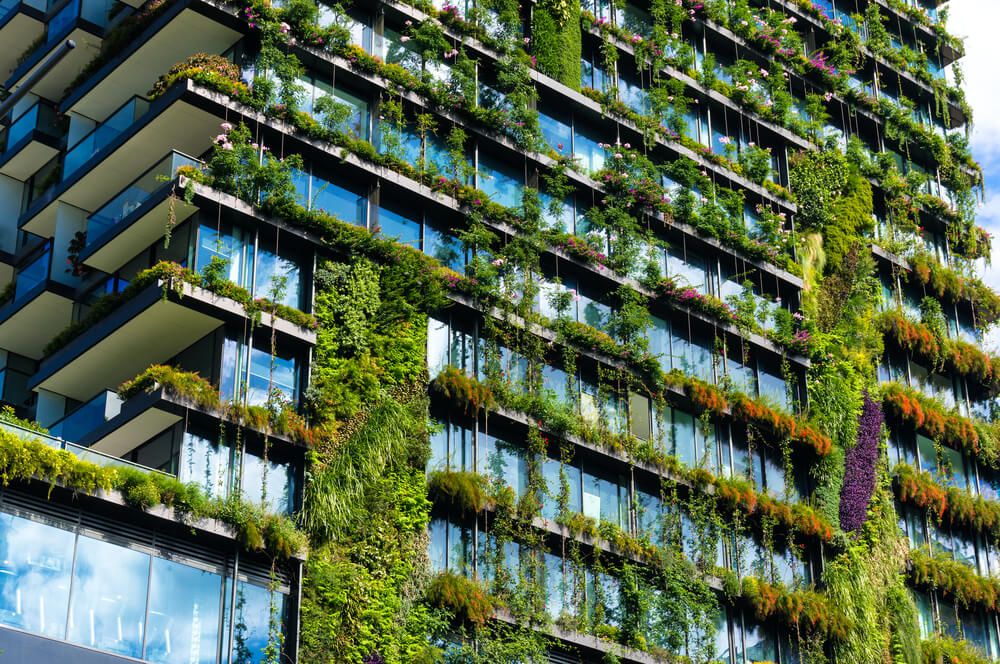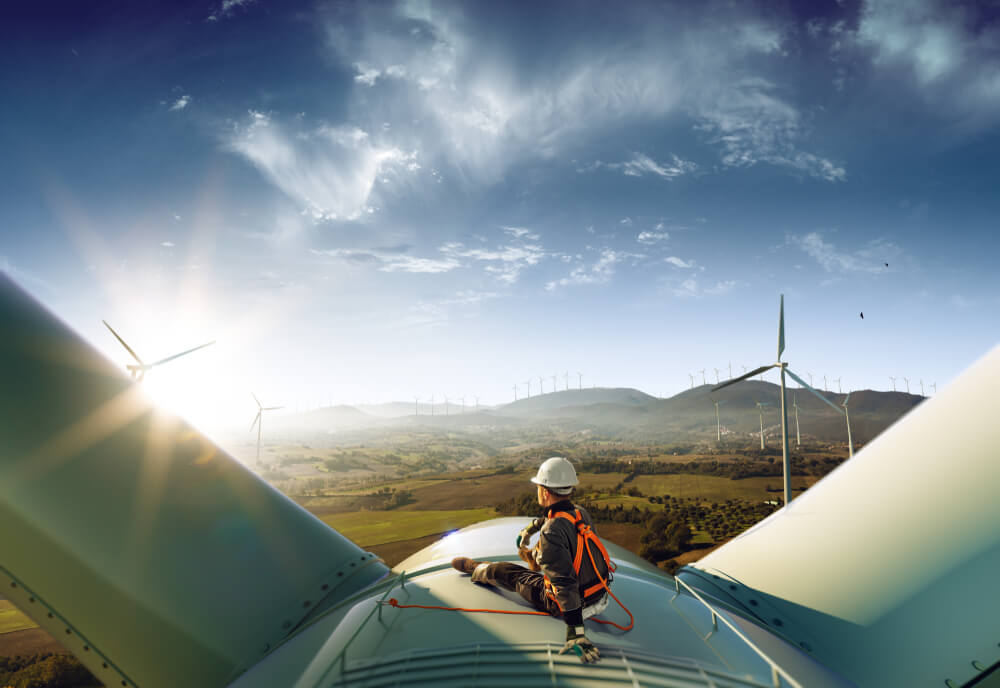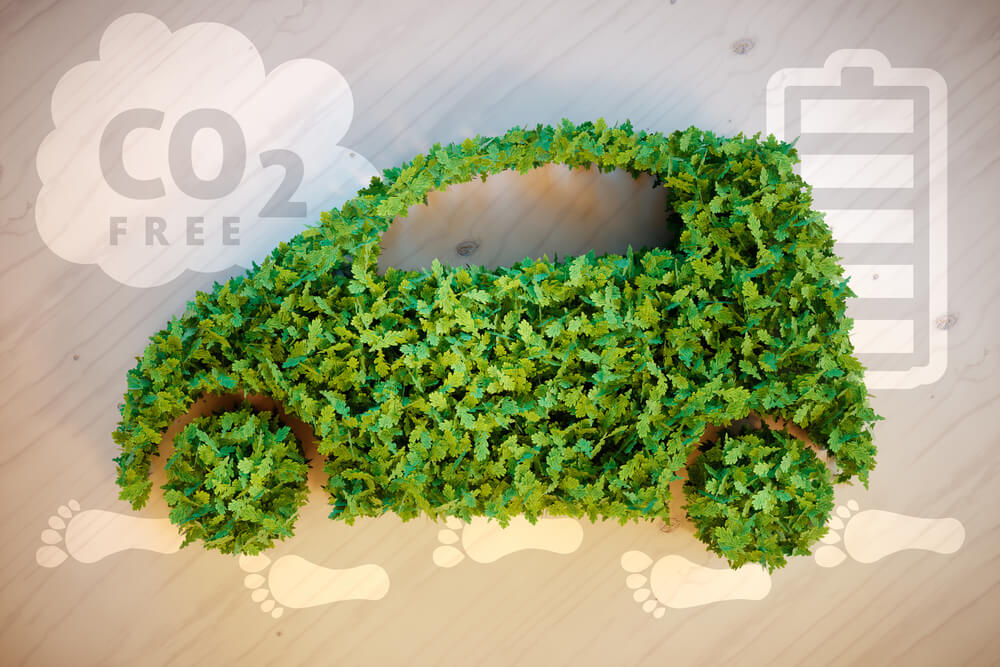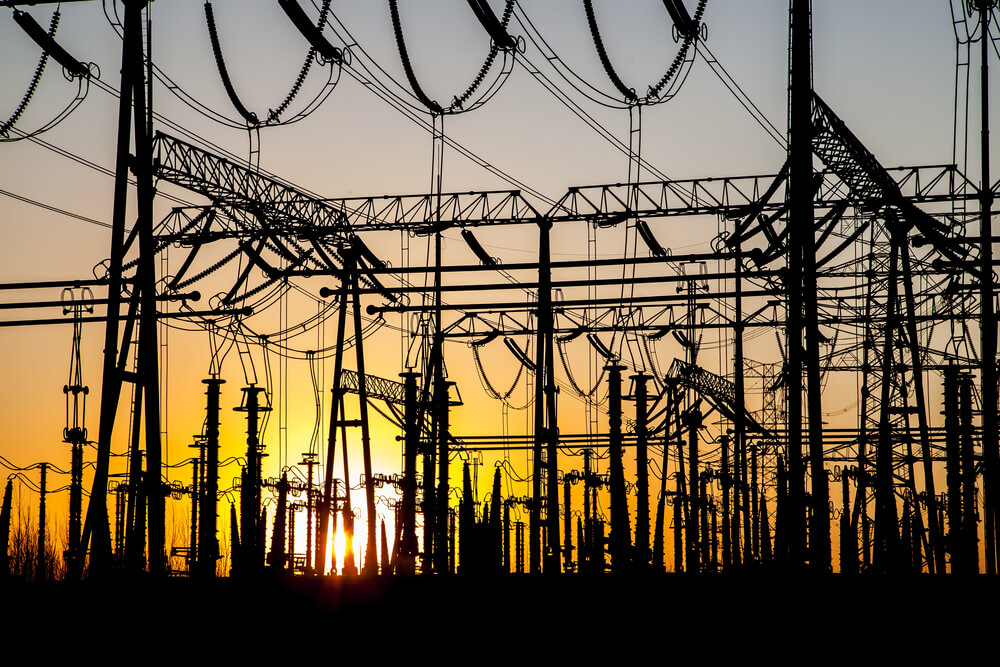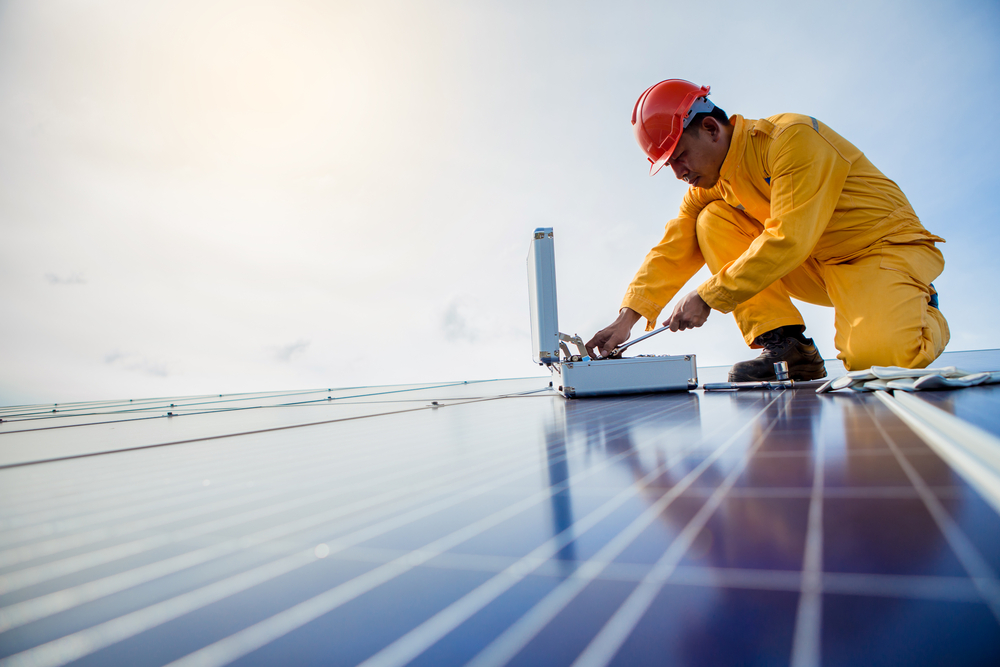Behind the headlines: Net Zero Carbon
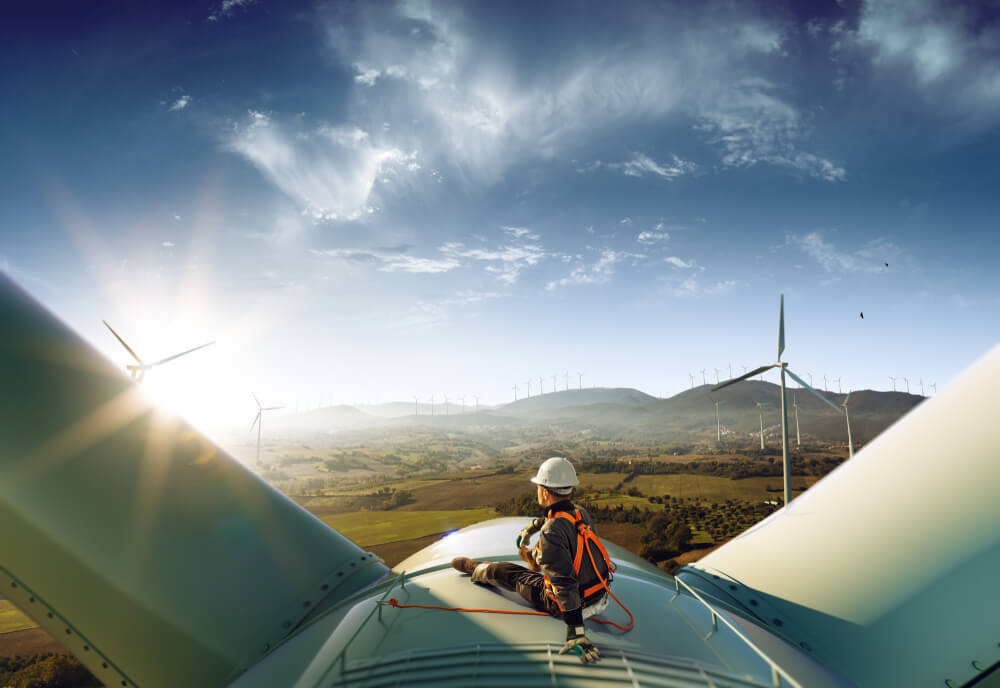
In November 2020, the Government issued a 10-point plan for a 'green industrial revolution', which aims to help tackle climate change by getting the UK to net zero carbon emissions by 2050.
In the latest of our #BehindTheHeadlines series, Luke Osborne, ECA’s Energy and Emerging Technologies Solutions Advisor, tells us how the green revolution will affect our homes and buildings, and his passion for renewable energy.

Tell us a bit about your background in renewable technology and what took you on that trailblazing route?
As a child I found the little squares on calculators intriguing, and so began my interest in solar PV. I found it fascinating that power could just come from ‘the air’. I never thought about getting a job in this area.
Fast forward a couple of decades, after completing an engineering apprenticeship and working in the industry, I gained a BEng (hons) from the Open University. Its focus was renewable energy and sustainability. That qualification gave me the impetus to start a Renewable Energy installation Company. After several years developing the Company, my interest led me to spread the knowledge more widely in the sector. It was at this point I moved to ECA as a specialist Advisor.
Renewable energy is a hot topic (excuse the pun) at the moment, what do you think are the factors driving Net Zero Carbon?
We finally have a global consensus that climate change is a real, and existential threat. Unfortunately, we continued with a ‘business as usual’ approach for 40 decades after the science emerged.
If we’d begun to act during the early years of understanding the serious consequences of rising carbon emissions, we could have taken a more gradual approach.
That wasn’t the case, so we now need a massive push to achieve the necessary goals. Luckily, during that time there has been many technological advances that will help mitigate the problem. These range from solar PV and energy storage, to advances in heat pumps, as well as increasingly more efficient energy systems.
However, technology is only part of the solution, both a systematic and societal change will also be needed if we are to meet our targets.
What impact does the drive to Net Zero Carbon have on electricians?
Electricians are well placed to deliver many solutions to help us achieve net zero carbon. Professional electricians will need to upskill to undertake the specialist installation needed for new technologies.
Equally, we want to entice the next generation of electrotechnical installers to specialise in this growing market. The road ahead for the electrical sector is exciting, and very different to the industry of the past. Importantly, it offers the opportunity to be part of the solution to the problem of climate change, an issue of great concern to young people.
Our buildings, both domestic and commercial, will become increasingly reliant on electricity. The electrification of heating and EV charge points are part of a ‘smarter, connected electricity system’. ‘Smart’ buildings will help reduce energy demand, as well as creating more comfortable living spaces.
To achieve this, it is important high-quality training opportunities are accessible across the UK. To make this happen, industry, educators and government must collaborate to provide a joined-up solution.
Most people understand something about being energy efficient, but what more can they do?
Energy efficiency is more than simply installing LEDs, although that is a good start. The’ fabric first’ approach should always be explored. That means improving the fabric of a building to reduce its thermal losses, which brings down the energy needed to heat it.
In many cases, this could be provided through highly efficient heat pumps, which give out more thermal energy than the electrical energy used (by an average factor of 3-4). There are many other measures which could further reduce energy use, such as smart thermostats, smart lighting and geo-fencing (where the systems detect when occupants leave their buildings and adjust the heating and lighting accordingly).
The smart meter roll-out, while not specifically about reducing energy consumption, helped by showing how energy is used, and so encouraging consumers to change their behaviour.
With specific regard to electrical systems, careful design and equipment selection is paramount. Appendix 17 of BS 7671 already provides good narrative for this, highlighting the need for correctly designing for loads, selecting energy efficient equipment and for considering power factor correction.
The pandemic has brought us to a critical juncture for the uptake of digitalisation, how can it support carbon reduction?
Despite the devastating effects Covid-19, the pandemic has fast forwarded the adoption of the digitalisation needed for our journey to net zero carbon. A key change is the move to remote working.
The last year has given companies and individuals the confidence it can work well. Entire workforces are now working from home, with no loss of productivity or service. Where there was once a reluctance for this style of working to be adopted, now there is no argument against it.
Thousands of tonnes of CO2 emissions have been saved through reduced travel. Travel time gained back has been translated into increased productivity, by not traveling to meetings during the working day.
The pandemic has also accelerated the roll out of full fibre broadband to all households across the UK, which will prevent future bottlenecks on the networks.
Digitalisation is assisting in other areas. A fully connected and digitised electrical system allows for more efficient operation of AI. It also improves monitoring, helping to predict demand and energy availability.
The electricity grid, which has had smart capabilities for decades, is now expanding its connectivity to building power centres, as well as sub and final distribution centres. A connected system is inherently more stable and could enable the energy grid to operate in a cellular, meshed fashion. It has the potential to support decentralised energy generation and storage.
Through Building Information Modelling (BIM) and ‘digital twins’, digitalisation is used in the design and operation of modern buildings. This enables a reduction in energy usage, as well as planned maintenance and asset management.
The information obtained throughout the life of the building and its components will help to design better products and buildings for the future.
Can you tell us the difference between embodied emissions vs operational emissions?
Operational emissions are the CO2 and other greenhouse gases attributed to a building’s energy use. Typically, this would be the energy used for heating, hot-water, lighting and equipment. In the past, operational energy was the major component of a building’s whole life energy usage, but as energy efficiency has improved, this is becoming the minor energy component.
Embodied emissions are the emissions associated with:
- The extraction and processing of materials, energy and water consumption used to produce the components within a building.
- The construction of the building and associated development, including transportation of all components.
- Maintenance, repair, refurbishment and replacement of parts of the building, as well as emissions attributed to refrigerant leakage.
- The end of life of the building demolition, disassembly, waste processing and transportation.
What do you think is the next big thing emerging in the field of renewable energy?
Hydrogen is often talked about as being the next big thing, however it has a limited application which is more suited to heavy industry. The only clean method of producing hydrogen is through electrolysis powered by excess renewable energy. Direct use of electricity is far more efficient, as hydrogen generation-to-use cycle is incredibly ‘lossy’.
The ‘next big thing’ is joining the dots. We have many different technologies at play and making them all operate as a collective will be crucial to meet our goals. The concept of the ‘energy prosumer’ came into the IEC standards in 2018 (IEC 60368-8-2) and is likely to be included in amendment 2 of BS7671 the Wiring Regulations for the UK.
The energy prosumer is a building with all the energy generation, storage and loads, including EV and heat-pumps, connected through smart networks. These interact with each other and the grid, to provide an integrated and active part of the wider energy system. This will support the electricity grid as well as focusing on decentralised energy generation.
We are likely to see advances in energy storage in many forms, thermal storage (for daily and seasonal variations), electrical storage with battery improvements with the potential for solid state as well as super capacitors.
I want to know more, tell me where I can hear more about this subject?
For further information , please register for the ABB webinar on decarbonising buildings, taking place on 24 February at 5pm: https://attendee.gotowebinar.com/register/8471099786798273294
Information on embodied and operational emissions is available in the LETI Climate Emergency Design Guide (https://www.leti.london/cedg)
Are you up to date with ECAtoday?
ECAtoday is the official online magazine of ECA and reaches thousands of people within the electrotechnical and engineering services industry.








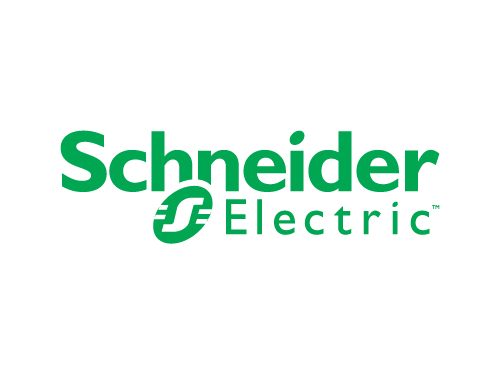

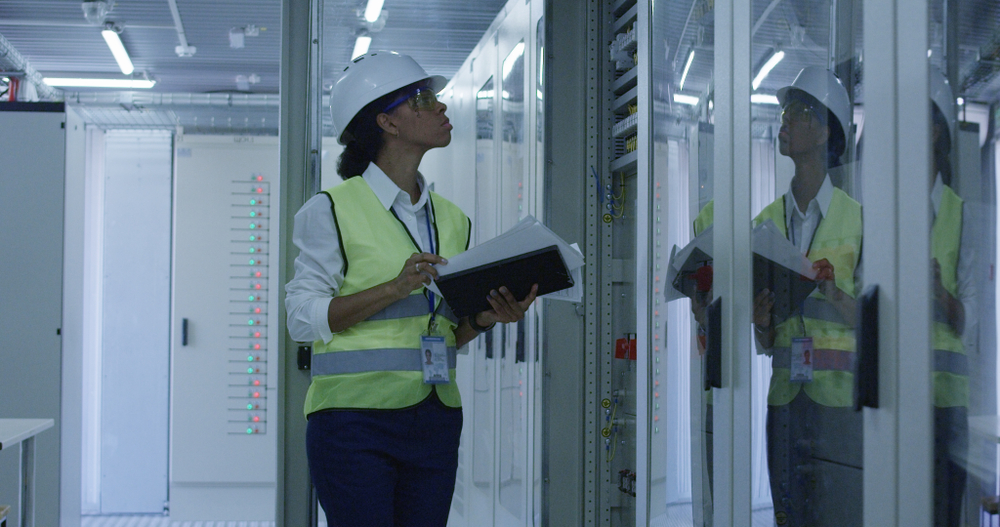
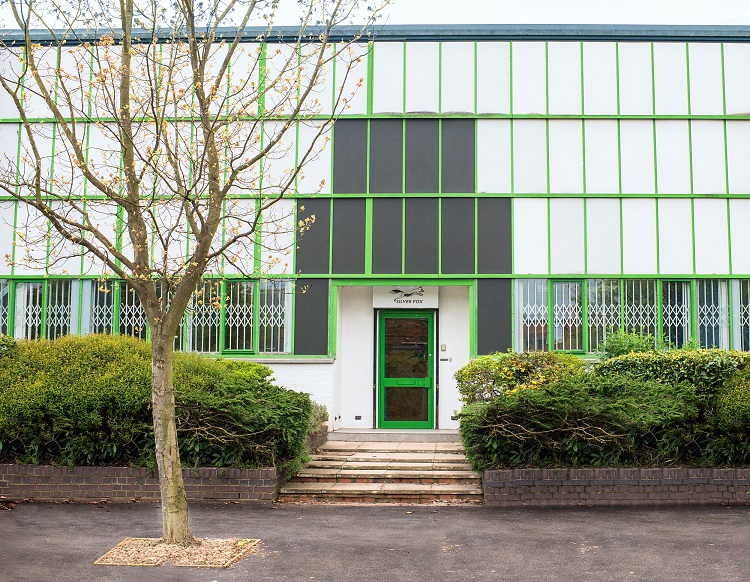
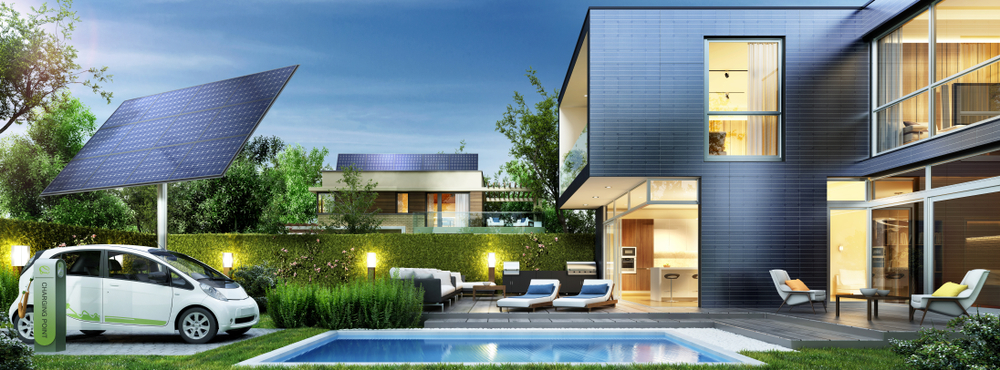

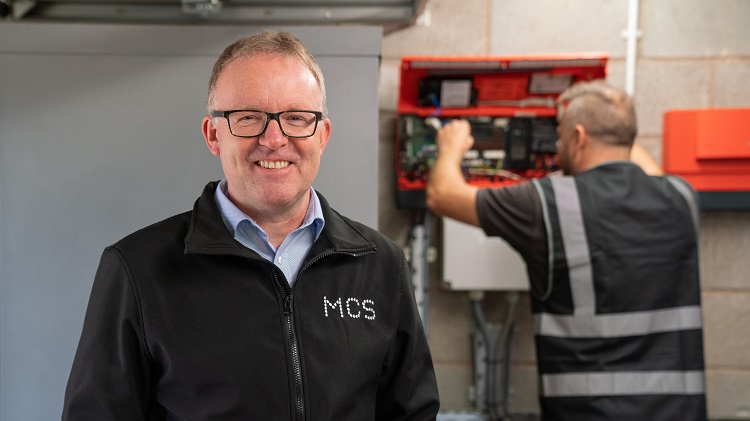
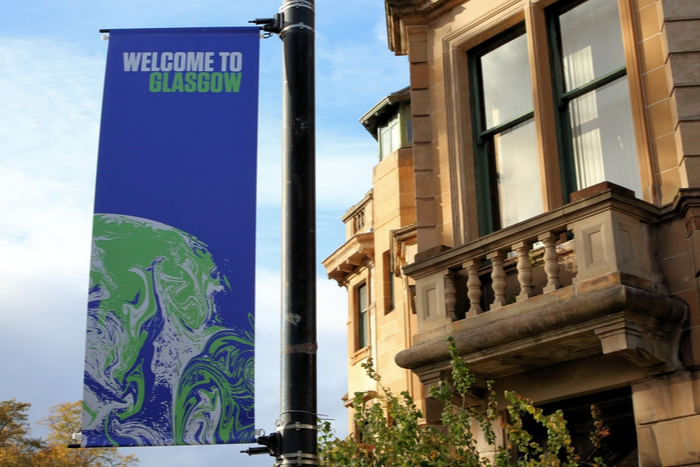
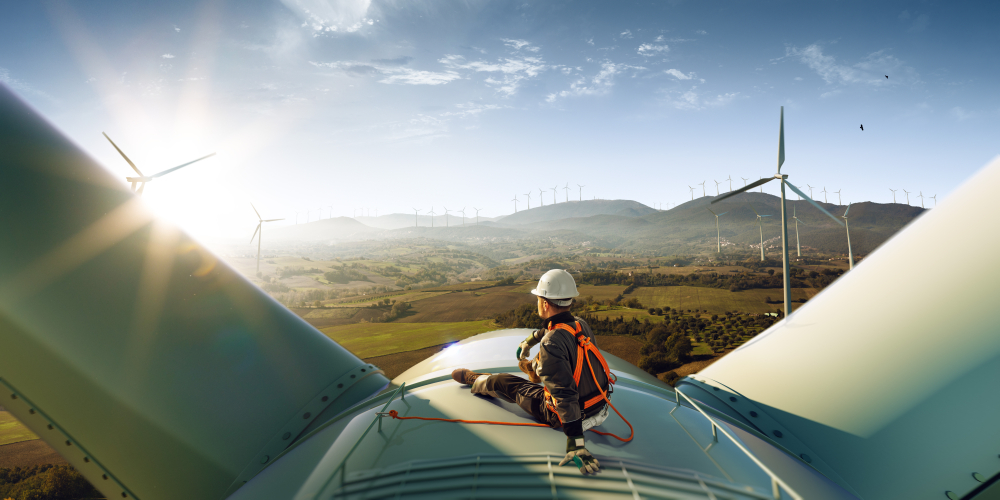


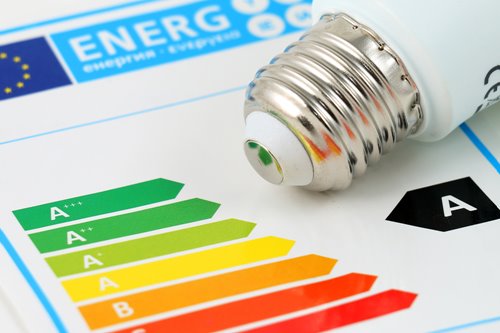
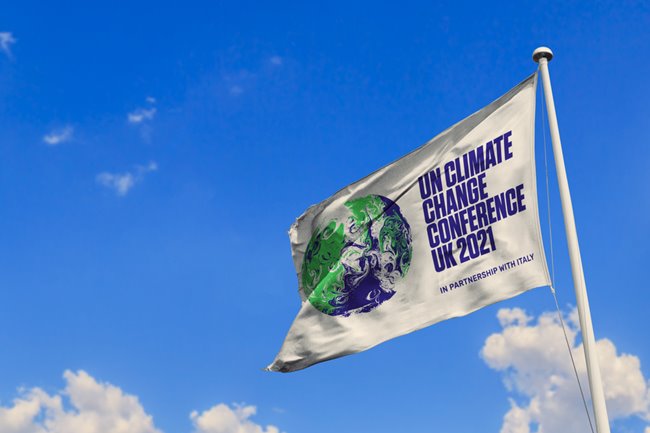
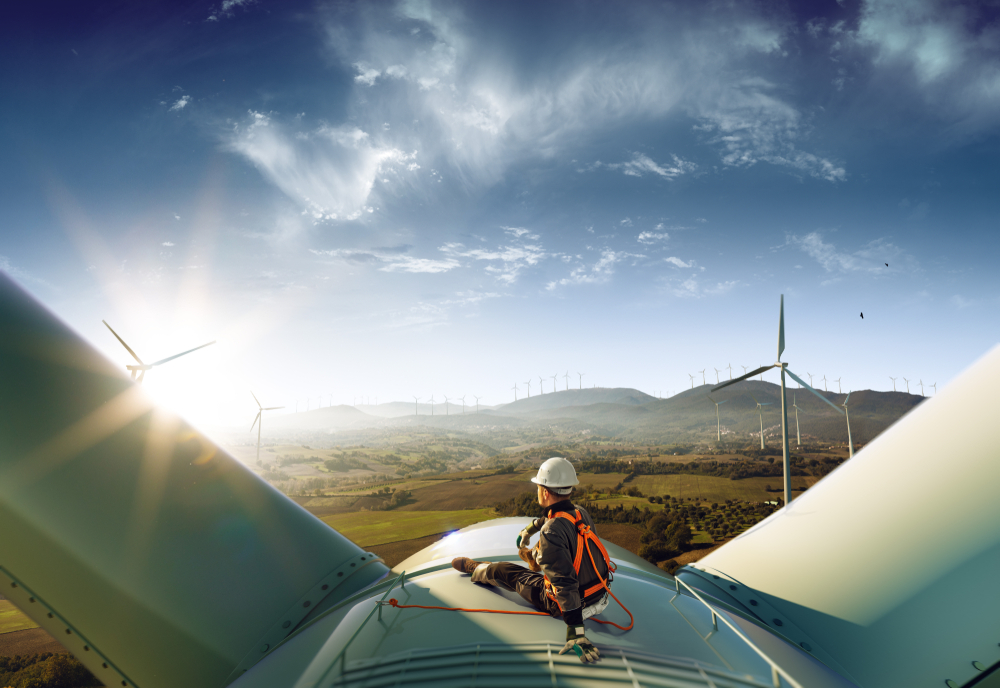

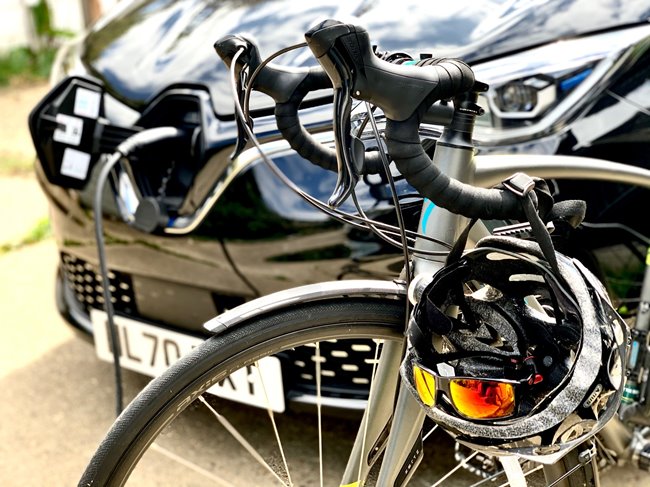
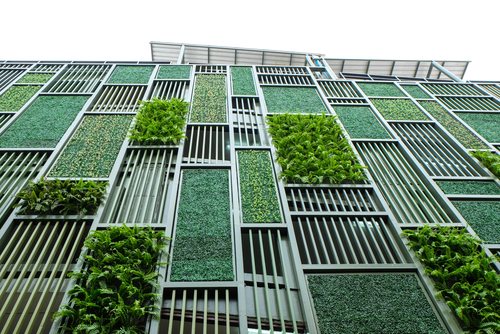
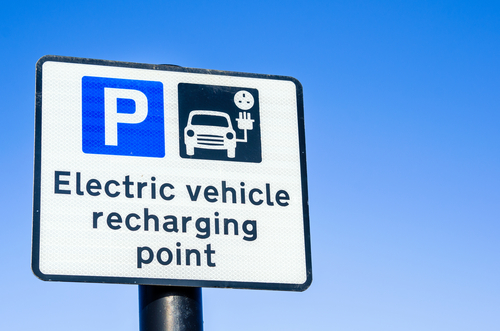
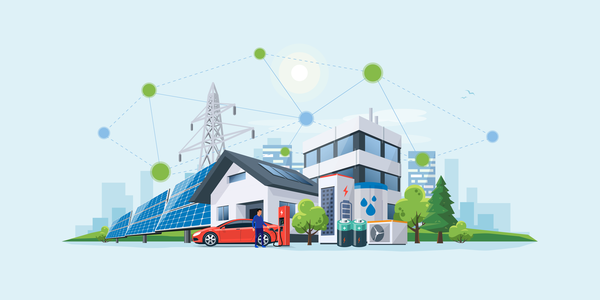
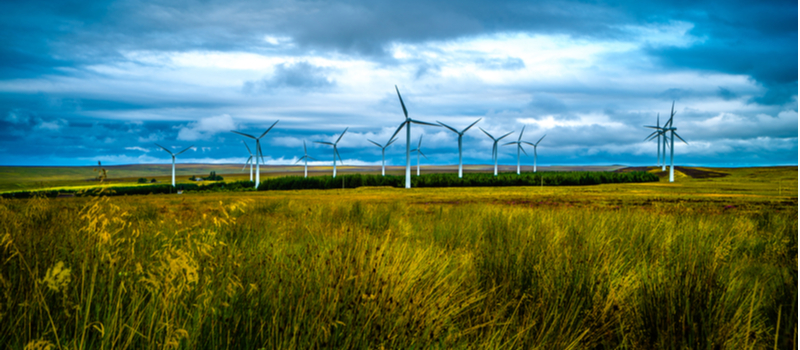
.jpg?width=1000&height=999&ext=.jpg)
